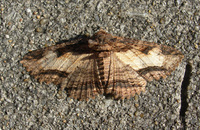
| Recorded by: R. Newman on 2025-11-18
Carteret Co.
Comment: | 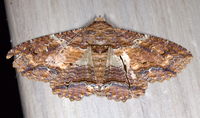
| Recorded by: Jim Petranka on 2025-11-08
Madison Co.
Comment: |
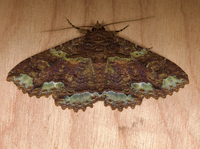
| Recorded by: Tony McBride, Jim Petranka and Becky Elkin on 2025-10-29
Craven Co.
Comment: | 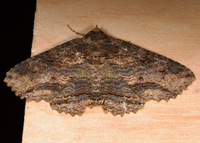
| Recorded by: Tony McBride, Jim Petranka and Becky Elkin on 2025-10-28
Carteret Co.
Comment: |
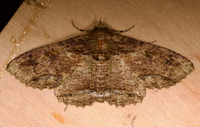
| Recorded by: Tony McBride, Jim Petranka and Becky Elkin on 2025-10-27
Carteret Co.
Comment: | 
| Recorded by: R. Newman on 2025-10-04
Carteret Co.
Comment: |
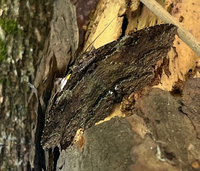
| Recorded by: Sarah Toner and Larry Chen on 2025-09-25
Tyrrell Co.
Comment: | 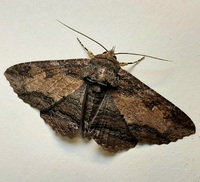
| Recorded by: Mark Basinger on 2025-09-14
Wilson Co.
Comment: |
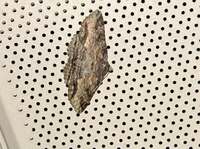
| Recorded by: Allison Garton on 2025-09-03
Moore Co.
Comment: | 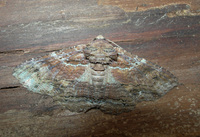
| Recorded by: R. Newman on 2025-08-27
Carteret Co.
Comment: |
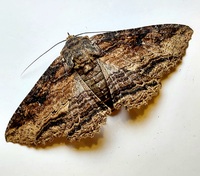
| Recorded by: Mark Basinger on 2025-08-24
Brunswick Co.
Comment: | 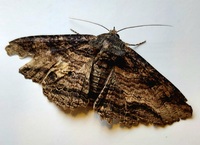
| Recorded by: Mark Basinger on 2025-08-22
Brunswick Co.
Comment: |

| Recorded by: K. Bischof on 2025-08-17
Transylvania Co.
Comment: | 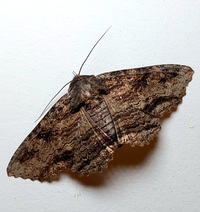
| Recorded by: Mark Basinger on 2025-08-13
Ashe Co.
Comment: |

| Recorded by: K. Bischof on 2025-08-11
Yancey Co.
Comment: | 
| Recorded by: K. Bischof on 2025-08-05
Transylvania Co.
Comment: |

| Recorded by: K. Bischof on 2025-07-31
Transylvania Co.
Comment: | 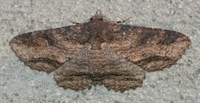
| Recorded by: Emily Stanley on 2025-07-29
Buncombe Co.
Comment: |

| Recorded by: Mark Basinger on 2025-07-27
Wilson Co.
Comment: | 
| Recorded by: Mark Basinger on 2025-07-27
Wilson Co.
Comment: |
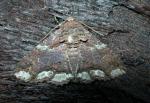
| Recorded by: R. Newman on 2025-07-21
Carteret Co.
Comment: | 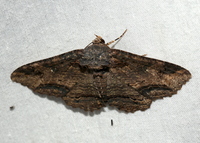
| Recorded by: David George, Jeff Niznik, Rob Van Epps, Kevin Metcalf on 2025-07-20
Richmond Co.
Comment: |

| Recorded by: David George, David Cheng, Patrick Coin on 2025-06-29
Richmond Co.
Comment: | 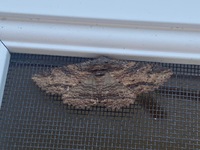
| Recorded by: Guy McGrane on 2025-06-27
Watauga Co.
Comment: |
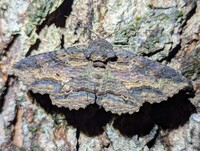
| Recorded by: Melody McMichael on 2025-06-26
Forsyth Co.
Comment: | 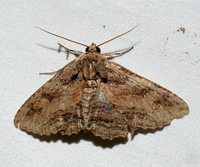
| Recorded by: Jeff Niznik, David George, Larry Chen, Sarah Toner, Joye Zhou on 2025-06-20
Richmond Co.
Comment: |
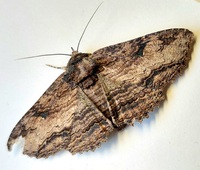
| Recorded by: Mark Basinger on 2025-06-05
Wilson Co.
Comment: | 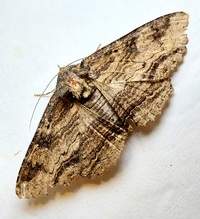
| Recorded by: Mark Basinger on 2025-06-02
Brunswick Co.
Comment: |

| Recorded by: Mark Basinger on 2025-04-25
Columbus Co.
Comment: | 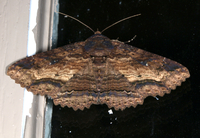
| Recorded by: Jim Petranka on 2025-04-19
Madison Co.
Comment: |
|

 »
»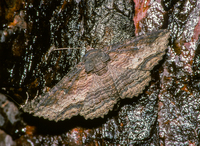
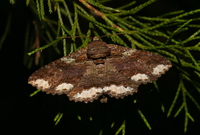
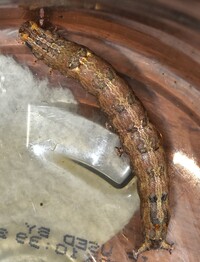

 »
»

